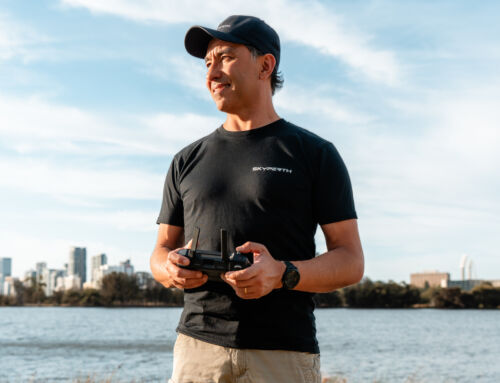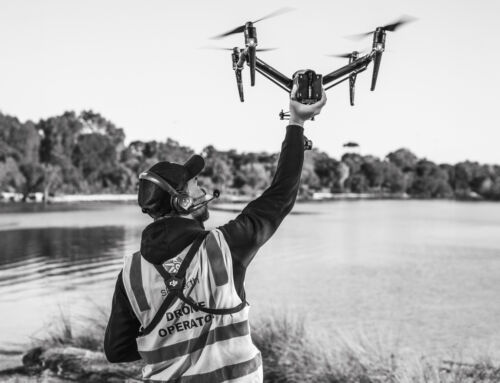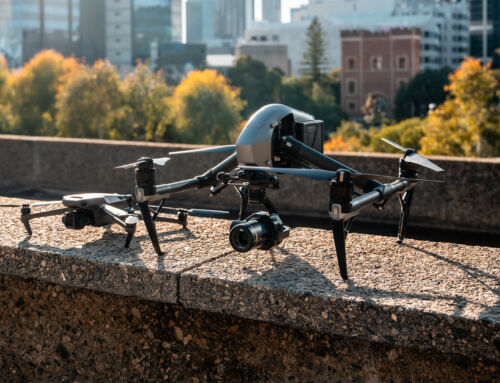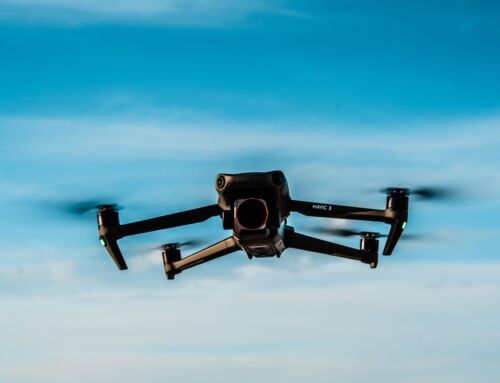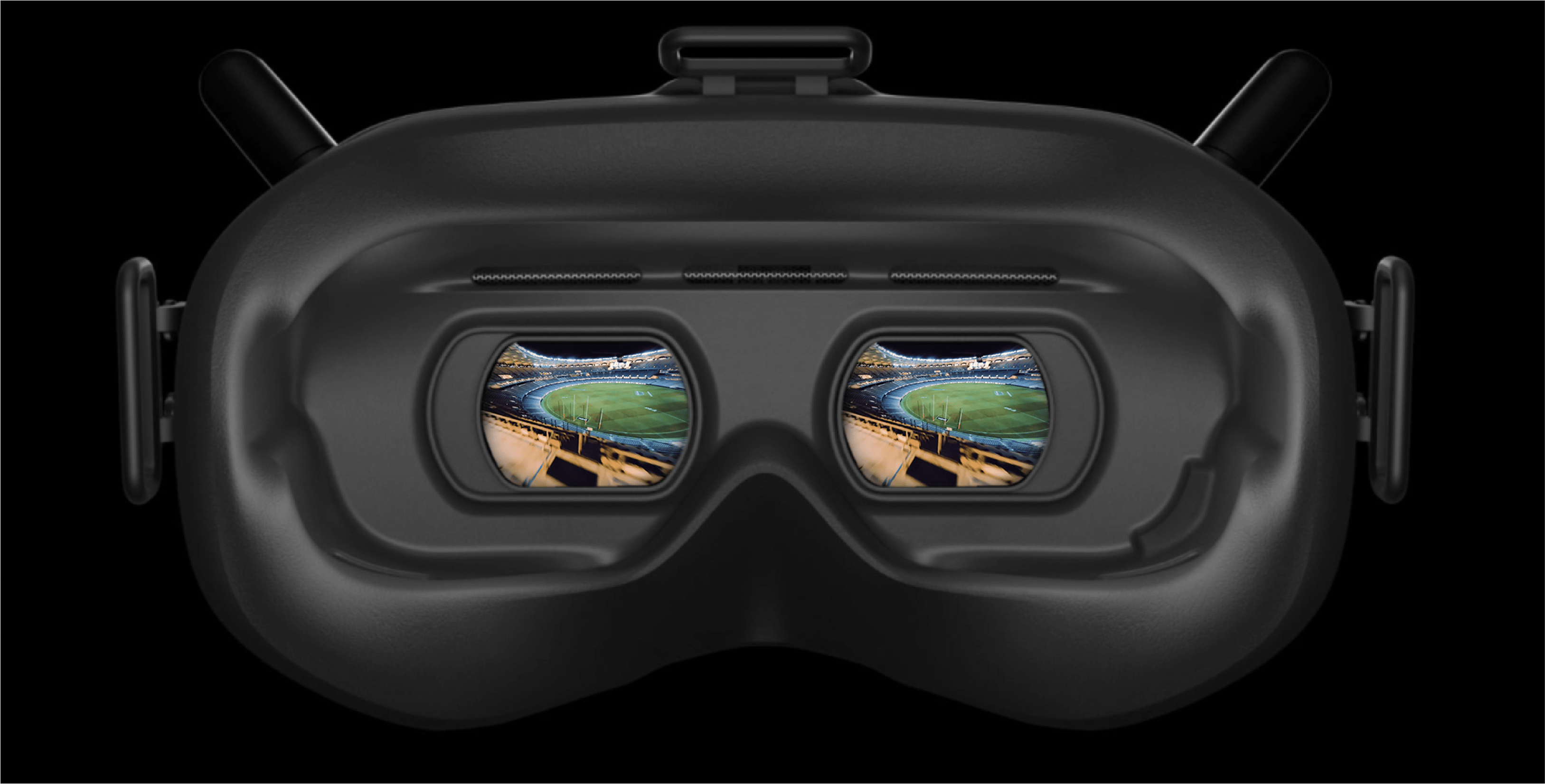
About the author : Rodrigo Branco Matsumoto
Meet Rodrigo, our chief remote pilot here at Sky Perth, where he's been transforming aerial videography into captivating stories for over eight years. At the heart of Rodrigo's work lies a profound passion for both the art of flying and the art of storytelling. This combination has led his work to be featured on platforms like Netflix, Stan, AppleTV+, Disney+, SBS On Demand, and even internationally with ZDF in Germany.
Rodrigo's aerial videography and photography journey is a testament to his dedication to mastering this unique craft. From capturing the vast beauty of Australia's landscapes to the dynamic energy of urban life across the globe, his work offers viewers a fresh, sky-high perspective. It's not just about the technical expertise of handling a drone; for Rodrigo, every flight is an opportunity to tell a story, to reveal the unseen, and to share a new viewpoint with the world.
Renowned for his collaborative spirit and innovative approach, Rodrigo brings more than technical skills to every project at Sky Perth. Whether working on a documentary, a TV series, or a bespoke project, his focus remains on creating visuals that resonate deeply with audiences. His commitment to quality and ability to capture the heart of a story make him a skilled pilot and a storyteller of the skies.
Do you want to know more about Rodrigo? Check his website: rodmatsumoto.com
FPV drones offer a unique perspective to the world of cinematography. But with any new technology comes a slew of regulations, and often it can be hard to know what you can and cannot do. This blog post will explore the rules governing FPV drones in Australia and how they can be used for cinematic purposes.
The Basics of FPV Drones
FPV stands for First Person View—a type of drone that allows pilots to fly by using a camera mounted on the drone, which feeds back real-time video to the pilot’s goggles or controller. This is highly advantageous for cinematographers because it offers an immersive experience and a truly unique point of view that cannot be achieved using traditional methods. However, several important rules and regulations govern FPV drones’ use in Australia.
Regulations for Drone Pilots in Australia
In Australia, there are laws governing how drones can be used for commercial and recreational use. For commercial use, you must have an RPAS (Remotely Piloted Aircraft System) license issued by CASA (Civil Aviation Safety Authority). It would be best if you also abode by specific rules such as maintaining line-of-sight at all times, not flying above people or property without consent, notifying any airports and air traffic control towers within 5km of your flight path, and not flying your drone beyond 400 feet above ground level. All these rules help ensure safety and respect for privacy when using drones for work or recreation.
Using FPV Drones for Cinematic Purposes
FPV drones offer filmmakers a range of possibilities when creating videos or films. They are incredibly lightweight and maneuverable, so they can access places larger aircraft cannot reach, allowing filmmakers to capture stunning aerial shots that would otherwise be impossible to achieve. Furthermore, their small size makes them ideal for easily capturing tight spaces such as interior locations. They also allow filmmakers to get creative with their shots as they can quickly move around obstacles or follow moving objects at close range without causing disruption or noise pollution. All these features make them invaluable tools when creating cinematic pieces that demand attention and stand out from other media sources available today.
Conclusion
The use of FPV drones is growing rapidly in Australia due to their numerous advantages over traditional filming techniques; however, all pilots must adhere strictly to CASA’s regulations regarding UAVs when operating their craft to ensure everyone’s safety is taken into consideration first and foremost. If done correctly, using an FPV drone opens up countless possibilities for filmmakers looking to create something extraordinary – whether it’s a feature film or just a simple home movie – so why not take your filmmaking skills up a gear and start exploring this fantastic new technology today? With some practice, you might unlock some incredible cinematic potential!
